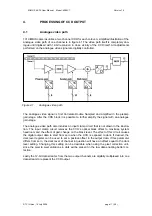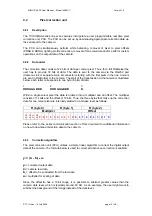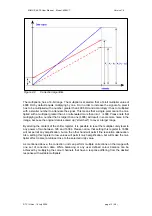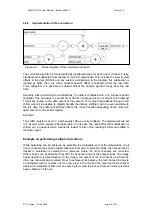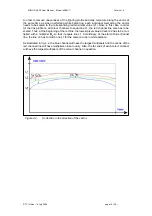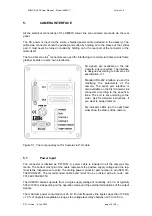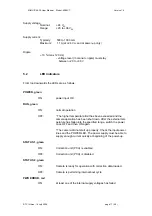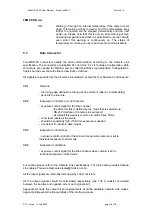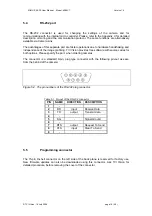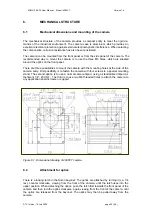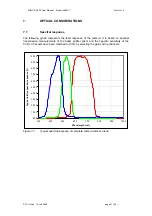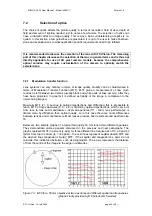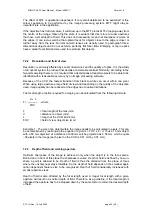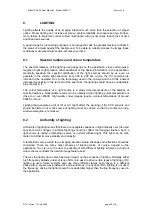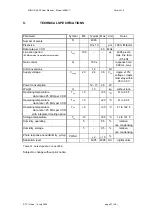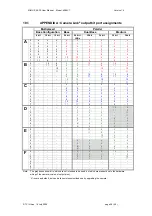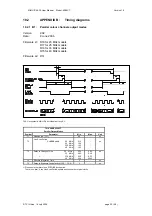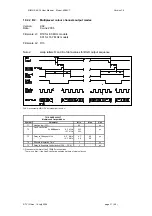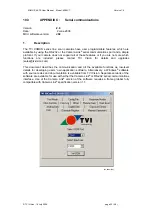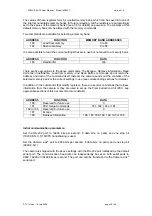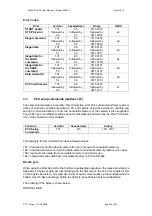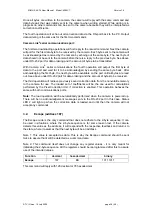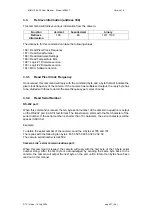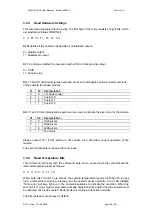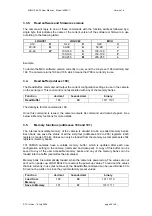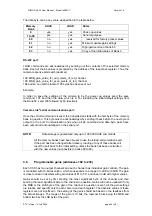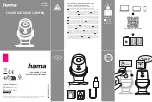
XIIMUS 4K CL User Manual. Model: 4096CT. Version 1.4
8. LIGHTING
Lighting affects the quality of an imaging situation much more than the selection of proper
optics. Proper lighting can increase accuracy, system reliability and response time. Further-
more, failure to implement correct object illumination will in most cases lead to loss of time
and financial resources.
A good image for processing purposes is an image that has the greatest texture contrast in
the areas of interest against the background. To be able to reliably process the image these
conditions must prevail with certain accuracy over time.
8.1
Spectral radiance and colour temperature
The spectral radiance of the lighting used depends on the application, since certain wave-
lengths of light might produce either additional or the desired information in the application.
Generally speaking the spectral distribution of the light sources should be as even as
possible in the visible light spectrum from 350 to 700 nm, where the TVI cameras are
intended to be operated. Due to the technology used in the camera and the CCDs inherent
increased sensitivity to the red end of the spectrum, the lighting should have a considerable
blue content in it.
The colour temperature of a light source is a pretty accurate measure of the balance of
spectral radiance. Reasonable results can be obtained when lighting colour temperature is
close to or over 4000K. High quality colour images require a colour temperature of around
6500K or more.
Lighting that generates a lot of IR or UV might affect the working of the CCD sensors and
should be filtered out or the source of lighting must be chosen so that the content of unde-
sired wavelengths is minimised.
8.2
Uniformity of lighting
Uniformity of lighting means that there are negligible variations in light intensity over the used
spectrum. Also changes in ambient lighting should not affect the imaging situation. Such a
light source is called a lambertian source or uniform diffused light. This light can be colli-
mated to further improve stability and intensity.
A lambertian source will do for an imaging situation where shadows and reflections should be
minimised. There are many other schemes of lighting which, of course, depend on the
application. So it is up to the user to experiment with different lighting schemes to find out
what scheme contrasts the desired image feature best.
The way the light is driven also has major impact on the evenness of lighting. Normally either
high frequency ballasts (order of tens of kHz) are used to drive certain types of lighting or DC
lighting is used. Some systems also use three different lamps each driven in a different
phase with a square wave instead of a sinusoidal one. In any case if DC lighting is not used,
the frequency driving the lights should be considerably higher than the line frequency used in
the application.
© TVI Vision, 14 July 2006 page 25 ( 56 )

